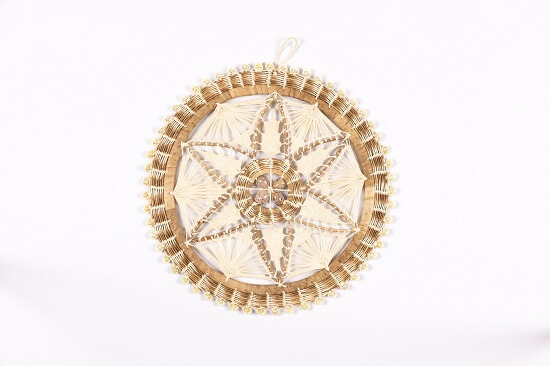
 Marshallese handicraft
Marshallese handicraft
Updated at 2024-04-17
The Republic of the Marshall Islands and Taiwan share many ties. They cooperate closely in medical treatment, public health, and climate change, and have also signed the “Agreement for Cooperation on Austronesian Peoples’ Cultural Affairs.” According to the research of American linguist Robert Blust and Australian archaeologist Dr. Peter Bellwood, the ancient Austronesian language branch began spreading southward from Taiwan to islands in the Pacific Ocean approximately 5,000 years ago. Taiwan and the Pacific region are therefore closely linked, with overlaps in vocabulary and life experiences. For example, the Marshallese pronunciation of words such as the numeral “three” and “eye” is very similar to that of Taiwan’s indigenous languages.
National flag: rectangular with a length to width ratio of 19:10. It was designed by Emlain Kabua, who was the first lady at the time, and adopted at the start of self-government on May 1, 1979. The flag has a blue field that represents the Pacific Ocean. The two adjacent stripes of white (representing the sunrise and peace) and orange (representing the sunset and courage) gradually widen as they radiate from the lower left corner to the upper right corner. There is a star with 24 points in the upper left corner that represents the number of constituencies. The four elongated points represent the four principal cultural centers (Majuro, Jaluit Atoll, Wotje Atoll, and Ebeye Island). The flag also shows that the Marshall Islands is located in north of the equator.
National day: May 1
Language: Marshallese, English
Capital: Majuro
Area: 181 square kilometers of land, 2.13 million square kilometers of territorial waters
Population: Approx. 36,000 people
Currency: U.S. dollar
Government: Presidential cabinet system
相關藏品

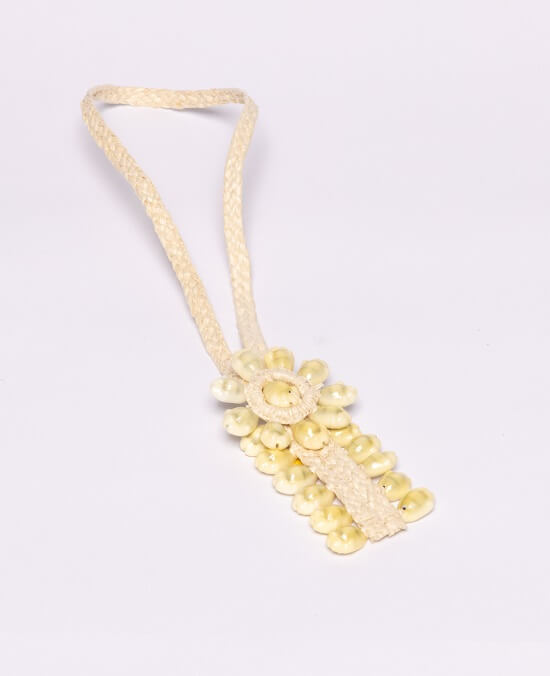

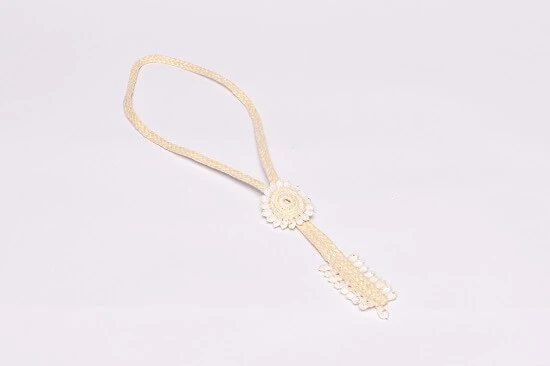

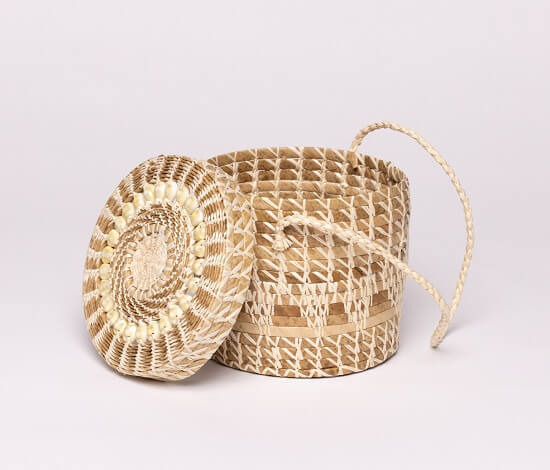
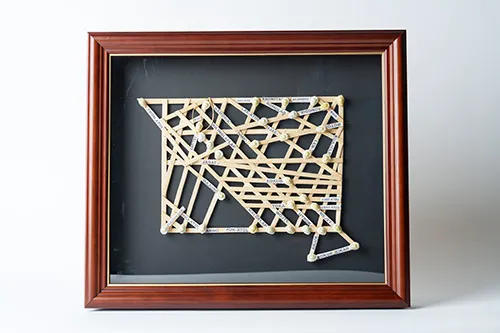
.jpg)
.JPG)
